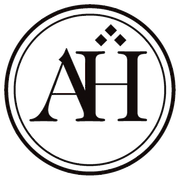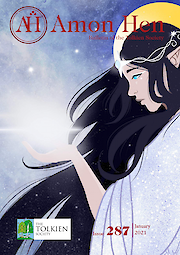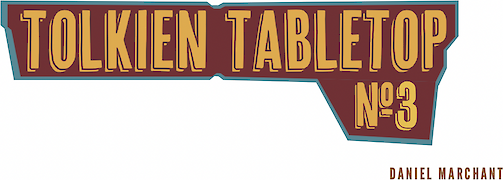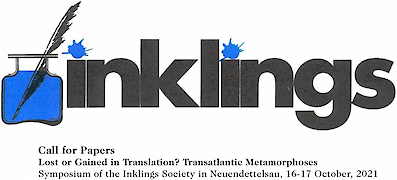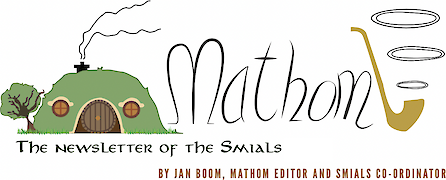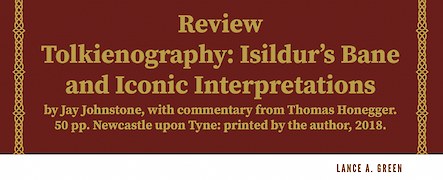Symposium of the Inklings Society in Neuendettelsau, 16 – 17 October, 2021
Like all forms of popular culture, fantastic texts are strongly influenced by the historical and cultural environment they are created in. This connection is particularly evident in strongly formalized sub-genres such as quest fantasies, space operas, and superhero stories.
The symposium of the Inklings Society will address questions concerning the changes these materials underwent under the multiple mutual influences of British and American popular culture. Obvious examples could be the works of Inklings authors, e.g., the influence Tolkien’s world building had on Heroic Fantasy or on role-playing games like Dungeons & Dragons, or, vice versa, the traces of classical pulp science fiction to be found in Lewis’s Perelandra trilogy. An extended view could focus, for instance, on the influence of Alice’s Adventures in Wonderland on The Wizard of Oz or, in reverse, on the way American comics like Batman or Captain America have instigated specifically British variations, from Judge Dredd and Captain Britain to V for Vendetta.…

